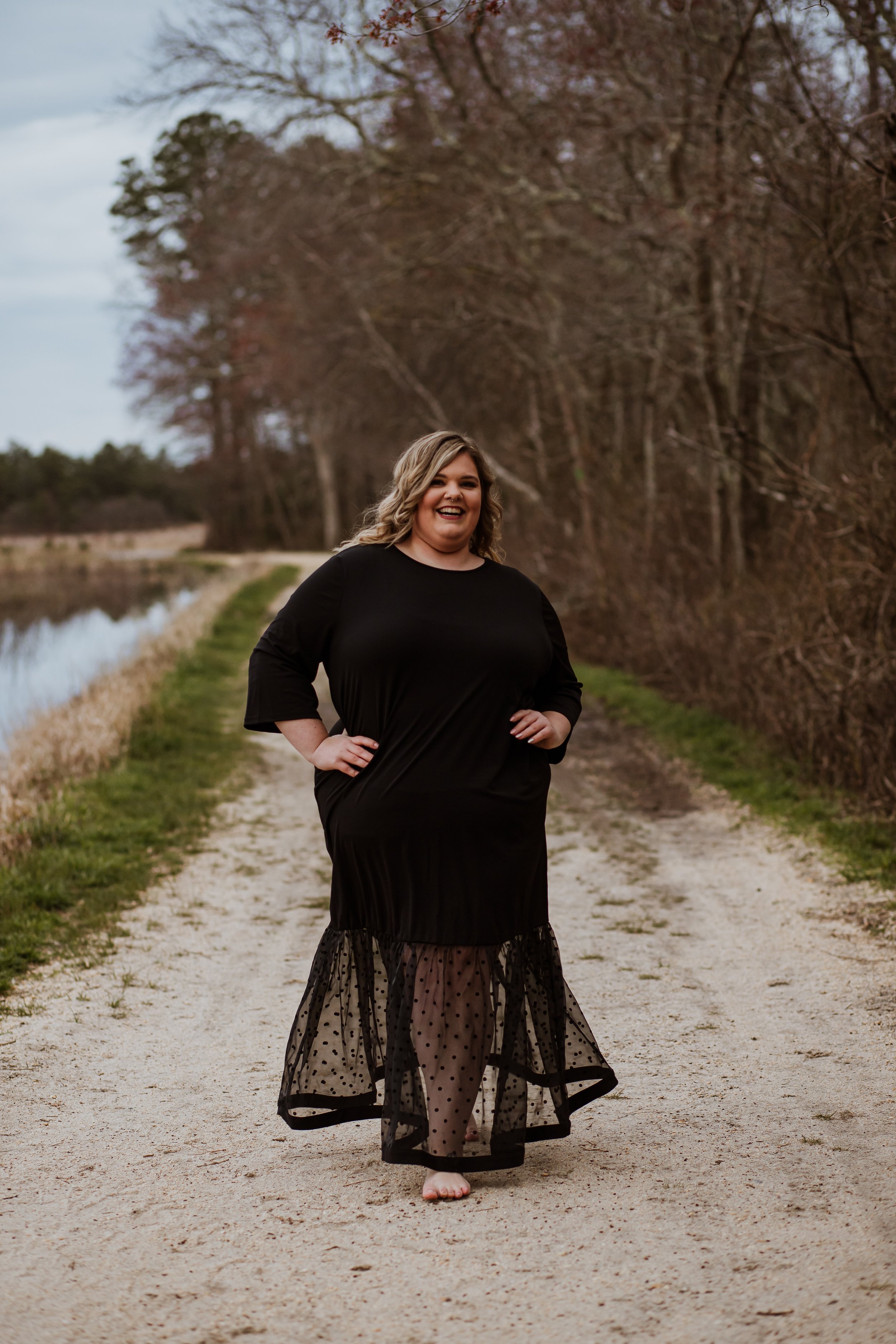Sustainability and Fashion
What is sustainability in fashion today? How to help the planet with your style choices and build a sustainable wardrobe
Fashion is one of the biggest polluting industries on the planet.
Sustainability in style begins with balance — choosing what makes you feel good while being mindful of the planet.
It often comes down to ideas we’ve heard many times:
Slow fashion
Reducing throw-away culture
Choosing natural, durable fabrics
Sustainable manufacturing
Fair trade
Thoughtful disposal
Minimal, biodegradable packaging
... and so on.
These terms are everywhere. But marketing can be misleading — even a product that's 99% harmful can be advertised through the 1% that looks eco-friendly. And often, brands that truly try to be sustainable don’t shout about it the same way. For example, you might read “We used 12% less water to make this garment” — but 12% less than what? Was the starting point already excessive?
Natural fabrics and dyes can also be tricky. Raffia bags, for instance, seem eco-friendly, but the yarn is often treated with strong chemicals to make it durable and attractive.
There are many examples like these. But let’s focus on what we can do. In this complicated reality, how can we shop with love — for ourselves and the world?
Start by asking yourself these three questions:
What kind of quality do I truly enjoy?
What are “My Classics”?
How well do I know my kind of beauty?
Your “Classics” are personal. They might be influenced by your body shape, favorite brands, or even memories from childhood. They’re the pieces you return to year after year — same silhouette, just small changes.
My own approach to sustainable style is based on these three answers. I even made a little visual to explain the idea:
Before every purchase, try asking yourself:
Will this bring unnecessary waste into the world? Am I adding to throwaway culture — or choosing something meaningful and lasting?
Some Examples & Solutions:
“I get bored with clothes easily. I like mid-range quality and feel best in relaxed silhouettes and neutral tones.”
Try building a capsule wardrobe with simple, well-fitting pieces. Then bring joy into your looks through accessories. Jewelry, scarves, and bags can transform a basic outfit, especially if they’re made of long-lasting, natural materials. For example, semi-precious stones or metals instead of plastic. Leather bags age beautifully and last much longer than synthetic ones.
Many mid-range brands now offer sustainable options. And new, small labels often have more freedom to produce ethically — they don’t have to restructure entire factories like large brands do.
“I shop often and impulsively. It’s fun and makes me happy.”
Try this simple trick before you buy:
If I spill red wine on this item tonight, will I be heartbroken — or barely notice?
If the answer is “barely notice,” maybe it’s not worth buying.
Thrift shopping can be a great way to enjoy new things without adding to waste. If second-hand isn’t your thing, look for pieces made from recycled or recyclable materials. That way, even if your wardrobe changes often, your impact stays light.
“I love high-quality items.”
This is one of the best paths to sustainability — as long as the quality is paired with responsible production. And it doesn’t require being wealthy. For example:
A $500 bag that lasts 10 years = ten $50 bags replaced every year.
In the end, the cost is the same — but the quality one looks better, feels better, and can be resold or passed down. It adds confidence and elegance to your wardrobe. To make these kinds of purchases worthwhile, it’s essential to know your body and style well — so each item becomes a long-term favorite (your “Classics”).
There are many ways to shift shopping habits. For me, just reading more about sustainable fashion a few years ago made a huge difference. I started making more conscious choices — and shopping stopped feeling like a guilty pleasure.
And the good news is: timeless, durable items can be found in any price range.
P.S. I’m also making small steps with my own brand — using natural fabrics and stones, printing scarves with eco-certified dyes, offering long-lasting designs and biodegradable packaging.
Wishing all of us joyful, thoughtful shopping — and a little more love for the world we live in, through the way we dress.










